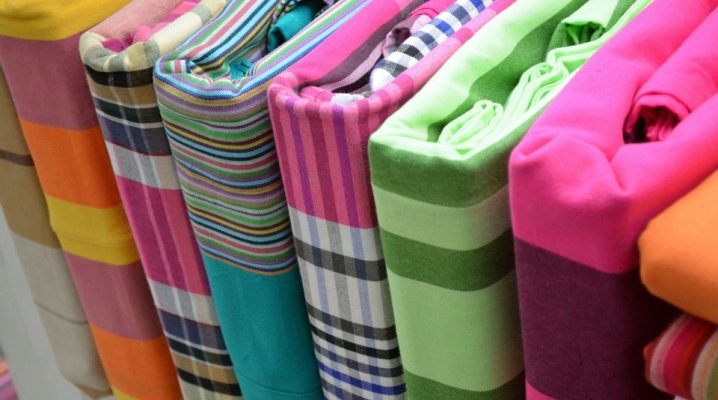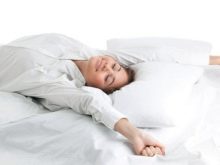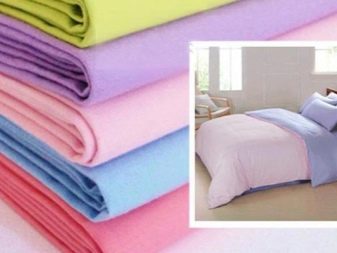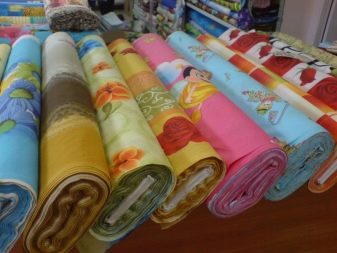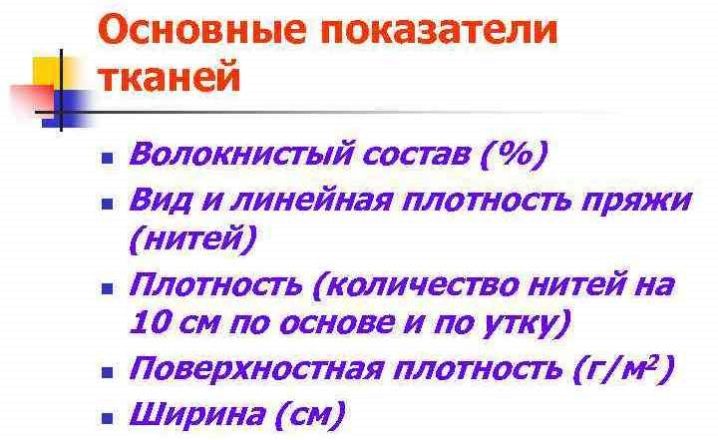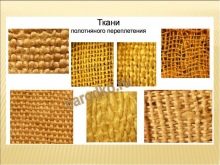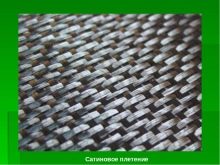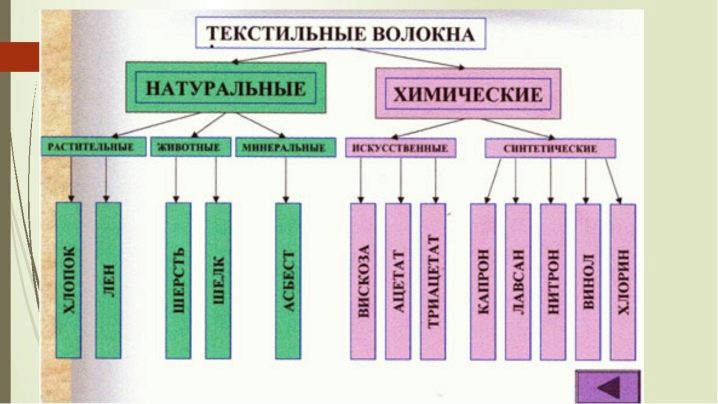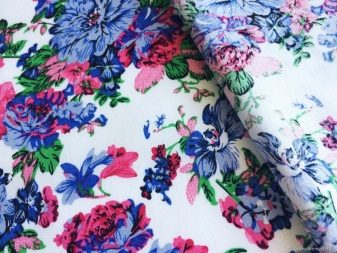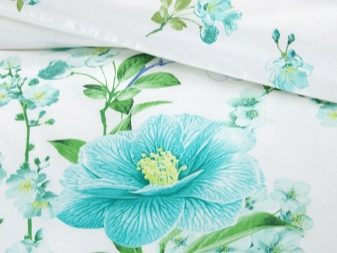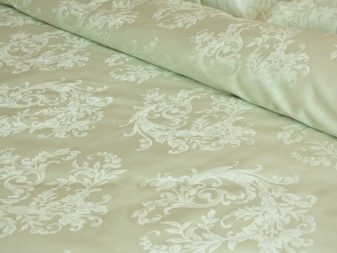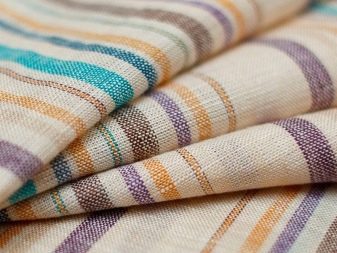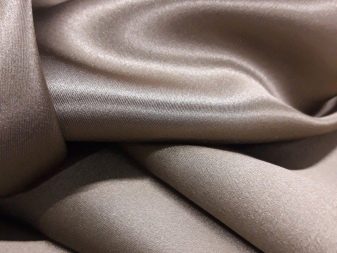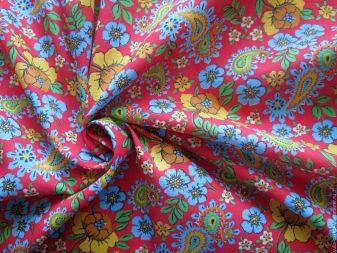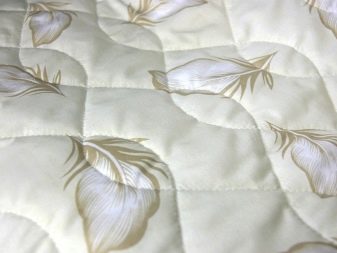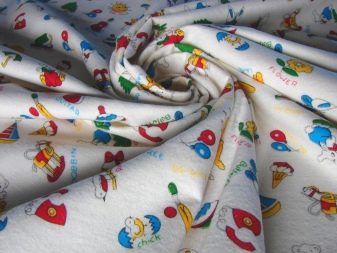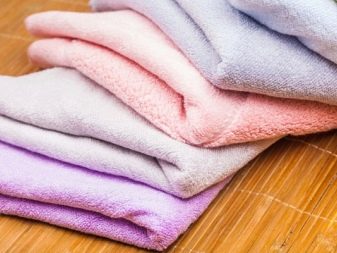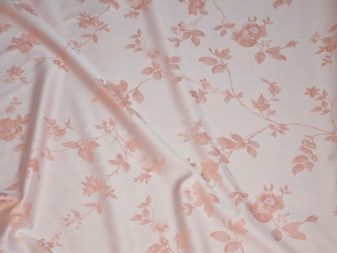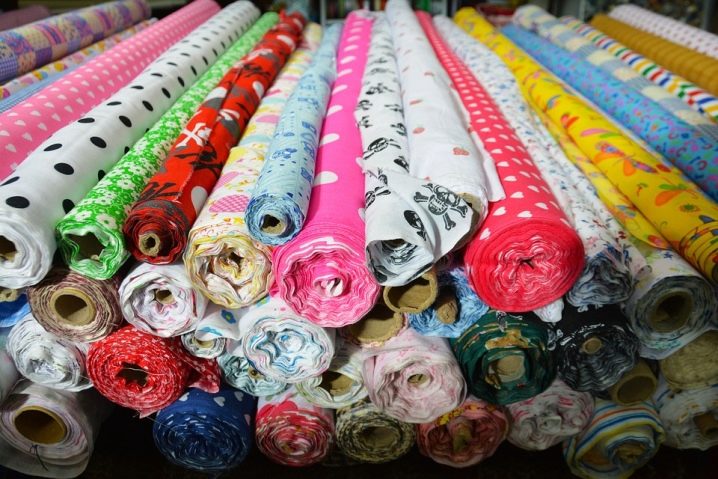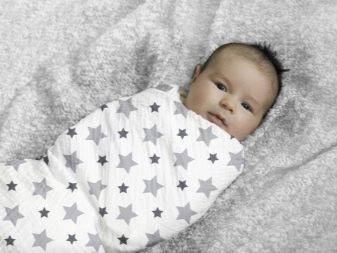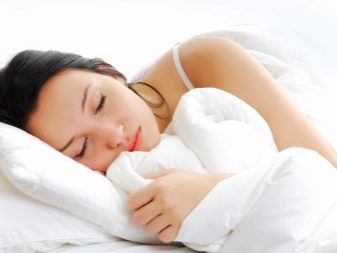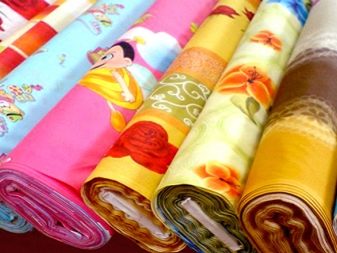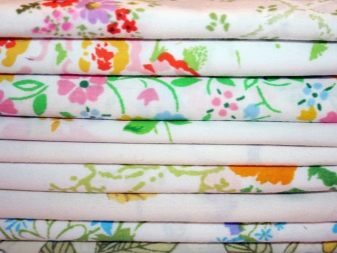How to choose the density of fabric for bedding?
A sweet dream and a pleasant sleep in a comfortable and soft bed is the key to a successful start to the day. And the desire to soak in a pile of airy and breathable fabric can only be done in properly chosen bedding. Therefore, when choosing a suitable product, it is very important to pay attention to such parameters as material density.
Quality indicators
The characteristics of the material are influenced by other parameters. This is the thickness of the fibers, the method of interlacing, twisting the threads, their length, the density of the fit to each other.
The correct fabric for sewing bed linen should have a surface density of 120-150 g / m². And for the surface to be smooth, the fibers must be long, thin and strong. If short threads are used, which are interconnected by knots, the fabric becomes rough and non-uniform.
From how tightly twisted yarn depends on the durability and softness of the product. The stronger the twist, the stronger and harder the canvas. And bed linen from slightly twisted fibers is more pleasant and tender to the touch.
Kinds
The most important indicator characterizing the quality of a material is its density. It is of two types: linear and surface.
Linear is an indicator characterizing the thickness of the threads by the ratio of the mass of the fabric to its length. It is expressed in kg / m.
There are low density (from 20 to 30), medium-low (from 35 to 45), medium (from 50 to 65), medium-high (from 65 to 85), high (from 85 to 120) and very high (from 130 to 280).
Surface - a parameter that determines the fiber mass (in grams) per 1 m². This value is indicated on the packaging of bed linen or on a roll of material.
It is believed that the higher the surface density of the fabric, the better it is. But too dense material can be heavy, tough and unpleasant for the body. Therefore, it is better to take into account the readings of both parameters.
Weaving methods
For sewing bed linen used fabrics usually with a smooth (main) weave.
- Linen - the alternation of transverse and longitudinal fibers in a 1: 1 ratio.Examples: calico, chintz, ranfors, poplin.
- Satin (satin). In this method, the transverse threads (weft), covering a few longitudinal threads, are displayed on the front surface of the canvas. As a result, the fabric turns out a bit loose, soft and smooth. Example: satin.
- Twill. As a result of this method on the canvas appear bumps (diagonal scar). Examples: semi-silk lining materials, twill.
Raw materials
For the production of bed linen used fabrics from:
- natural vegetable fibers (flax, cotton, eucalyptus, bamboo) and animal origin (silk);
- synthetic;
- and blends (combination of natural and synthetic yarns).
Characteristics of materials
The most suitable raw material for bed linen is cotton, as it consists of the purest natural fibers of plant origin. Cotton fabric breathes well, absorbs moisture, easily washes, warms in cold weather and is inexpensive.
Cotton produces many different materials: calico, chintz, satin, ranfors, percale, flannel, polycotton, jacquard, blended fabric in combination with flax.
- Calico - strong and high-quality material with a plain weave method.More rough to the touch, but bed linen from this material is strong and of high quality. There are several types: harsh (the fabric with the highest density, unpainted), bleached, printed (with a color pattern), dyed (monophonic). The average density of coarse calico for bed linen varies from 110 to 165 g / m².
- Ranfors - fabric obtained from cotton that has undergone fiber alkaline solution processing (mercerization). The material is highly durable, hygroscopic. The canvas is smooth, smooth and silky. It has a density of 120 g / m². It is made from the best varieties of cotton and is more expensive than calico.
- In the manufacture of poplin threads of various thickness are applied. Cross - thicker, share - thinner. Therefore, small bumps (scars) appear on the surface. This bed linen is soft and beautiful, does not shrink, does not fade. The average density of the fabric is from 110 to 120 g / m².
- Satin superficially similar to flannel in that the front side of the material is smooth and the reverse side is fleecy. Twisted yarn double, weaving twill. The density of regular sateen ranges from 115 to 125 g / m². Premium fabric is more dense - 130 g / m².There are several types: ordinary, Jacquard, printed, printed, crepe, mako (the most dense, high-quality and expensive satin), stripe, comfort (elite, soft, gentle, breathable).
- Jacquard Satin - cotton fabric with embossed double-sided pattern, obtained by a special interweaving of threads. It does not undergo stretching, keeps its shape for a long time, absorbs moisture well and is not afraid of temperature changes. Used for sewing bed linen elitklassa. Density is 135-145 g / m².
- Linen - the most eco-friendly fabric, in the manufacturing process which does not use chemical components. It has antiseptic properties and a massage effect. Well removes moisture, preserves the microclimate of the body, cooling in the heat and warming in the cold. There is only one minus - flax can shrink during washing. The density of flax is 125-150 g / m².
- Silk - This is the most expensive material of animal origin. Soft and gentle, with a characteristic sheen, the fabric is very sensitive to temperature changes. It requires careful care, as it stretches and collapses under the influence of sunlight.Silk quality is measured in special units of mommy, which is determined by the weight of 1 m² of fabric. The ideal value is 16-22 mm. A pleasant shine is provided due to the triangular cross section of the filaments and the refraction of light.
- Chintz - comfortable for the body and undemanding in the care of cotton fabric. It is characterized by high wear resistance, moisture permeability. The density is low 80-100 g / m², since the threads are thick, and the weaving is rare. Differs in low cost.
- Polycotton - a mixture of cotton and polyester. Cotton from 30 to 75%, the rest is synthetic. Bed linen from this fabric is very wear-resistant, does not require ironing, it is easy to wash. For this reason it is usually used in hotels. However, there are also negative properties: badly lets air through, rolls down and electrifies.
- Flannel - pure cotton with a very soft structure. Soft, warm and hypoallergenic material suitable for newborns. Disadvantages - over time, the pellets.
- Bamboo fiber bedding possesses antiseptic action, high hygroscopicity. The surface of the canvas is smooth and silky. The product needs a delicate wash.The disadvantage is the high price.
- Tensel - silky fabric with bacteriostatic properties, derived from eucalyptus cellulose. Such bed linen is not deformed when washing, well passes air and absorbs moisture. But it requires a delicate care (liquid means), drying (not under direct sunlight) and careful ironing (from the wrong side).
In order to choose the right product, you should remember the basic characteristics of the most common materials for sewing bed linen.
Density table
the cloth | Surface density, g / m2 |
Calico | 110-160 |
Ranfors | 120 |
Chintz | 80-100 |
Batiste | 71 |
Poplin | 110-120 |
Satin | 115-125 |
Jacquard Satin | 130-140 |
Linen | 125-150 |
Flannel | 170-257 |
Biomatin | 120 |
Tensel | 118 |
Percale | 120 |
Mahra | 300-800 |
Recommendations
High density fabrics are suitable for everyday use, as they are more resistant to abrasion and fading. For the same reason, the material is suitable for newborns. Frequent change and hot wash will not spoil the product.
Such dense fabric will suit also to the person who turns a lot in bed. By the way, in this case you should think about a sheet with an elastic band.
The choice of the right laundry depends on who it is intended for. For example, products with low and medium density are suitable for people with allergies and people with sensitive skin. But it should be remembered that thin material quickly fades, deforms and becomes covered with pills.
And if you present high-quality and beautiful bedding as a gift to a connoisseur of comfort - this will be the best proof of attention, respect and care.
How to choose the density of fabric for bedding, see the following video.
